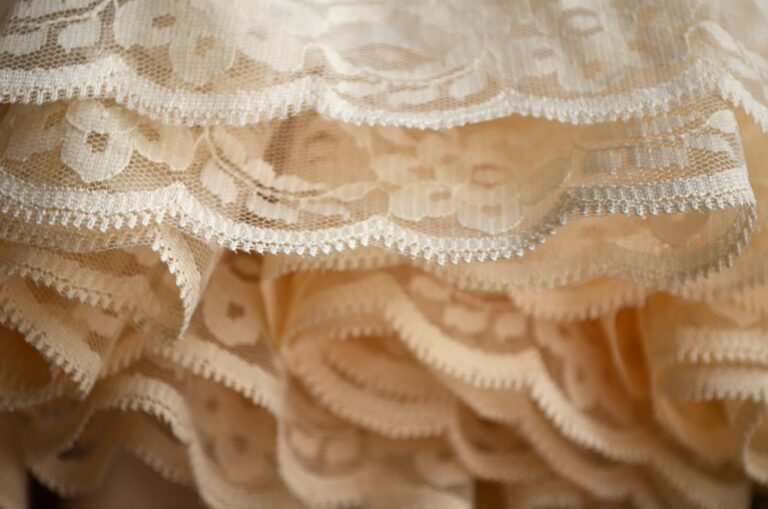Fashion and Architecture: Exploring Design Inspiration
As technology continues to advance at a rapid pace, its impact on design in both fashion and architecture is becoming increasingly evident. In the realm of fashion, innovative materials and manufacturing techniques made possible by technology are revolutionizing the way garments are created and worn. Designers are now able to experiment with 3D printing, smart textiles, and digital prototyping to push boundaries and create truly unique pieces that were previously unimaginable.
In the field of architecture, technology is transforming the way buildings are designed, constructed, and experienced. Computer-aided design software allows architects to visualize and simulate their ideas with incredible precision, enabling them to create structures that are not only aesthetically stunning but also highly functional. Advancements in sustainable building practices, such as using renewable energy sources and incorporating green technologies, are also made possible by technological innovations.
Cultural Influences in Fashion and Architecture
Fashion and architecture have long been influenced by the diverse cultures that surround them. From the vibrant patterns of African textiles to the intricate detailing of Chinese architecture, cultural influences play a significant role in shaping the aesthetics of these creative fields. By incorporating elements such as traditional motifs, color palettes, and construction techniques, designers and architects are able to infuse their work with a sense of cultural identity and heritage.
In fashion, we see this reflected in the use of indigenous textiles and traditional garments in modern designs. The rich history and craftsmanship of different cultures serve as a source of inspiration for designers, who often reimagine and reinterpret these elements in their collections. Similarly, in architecture, we find cultural influences shaping the forms, materials, and decorative elements of buildings around the world. Whether it’s the ornate carvings of Indian temples or the minimalism of Japanese design, cultures leave their mark on the built environment in profound ways.
Future Trends in Fashion and Architecture
When looking ahead to the future of fashion and architecture, it’s clear that sustainability will continue to be a key focus. With increasing concerns about environmental impact and climate change, designers are exploring eco-friendly materials and innovative construction techniques. In the realm of fashion, we can expect to see more emphasis on ethical production practices and upcycling of garments.
Another trend that is expected to shape the future of fashion and architecture is the integration of technology. From 3D printing in architectural design to wearable tech in fashion, the blending of digital advancements with traditional craftsmanship is set to revolutionize the industries. Virtual reality fitting rooms and augmented reality building simulations are just a glimpse of what the future holds for the intersection of technology and design.





